This was no Harry and Megan love match. As was the norm for aristocrats in Early Modern England, it was a dynastic marriage, but unusual in that it was designed to unite two opposing political factions. The Howards had long been a powerful force and were shown great favour by the new King James when he came to the throne. They publically held the same religiously tolerant political position as the King and were keen to strike treaties with old Catholic enemies like Spain. The Essex faction, back in favour having helped James to the English throne, supported a hard-line Protestant agenda and were more inclined to war than ‘jaw’. Consequently, the wedding, as a catalyst for peace between warring parties, heralded an air of optimism and unity in the early Stuart court.
There was a new star at court. Robert Carr had attracted the attention of the King, who had a penchant for beautiful young men, and had consequently risen to a position of power as the royal favourite. Carr, in the market for a wife, was taken with Frances, and her family saw an opportunity to consolidate their close ties to the King. Their intention was to extract Frances from her marriage with Essex, whose star was on the wane, and hitch her to Carr, whose star was rising. But, even with the backing of the King, who could refuse his favourite nothing, this would not be easy.
His friends testified that though he was unable to perform with his wife, he was certainly capable with other women – they had seen it for themselves. One can only imagine the atmosphere in court while the discussion of the young man’s erection took place before the bishops. Frances bore the brunt of the public shaming, being labelled a whore and a witch who had made her husband impotent by nefarious means. She was charged to undergo an inspection, which involved several respectable matrons and midwives all having a prod around her nether regions to see if she remained virgo intacta. A scandal of vast proportions blew up with ribald news-sheets having the kind of field day the red-tops have when a footballer beds a woman who is not his wife. It was generally believed that Frances must have been substituted by another, purer, woman for the purposes of hoodwinking the respectable matrons. A contemporary rhyme put it thus: this dame was inspected but fraud interjected/ A maid of more perfection. The church commission deliberated for months and proceedings were further delayed by an old friend of Carr’s, Sir Thomas Overbury, who was vehemently opposed to the plan, threatening to prevent the annulment. He was thrown into the Tower on orders of the King, where he died. Eventually the King, who was keen to see his favourite married for reasons of his own, intervened by appointing two further bishops to push the decision in his favour. The annulment was eventually granted. The favourite, now the Earl of Somerset, was married to Frances Howard by the same bishop who performed her first marriage and in equal splendour. An entire week of court celebrations marked the nuptials.
0 Comments
Leave a Reply. |
Subscribe to Elizabeth's quarterly newsletter below:Archives
June 2018
Categories
All
|
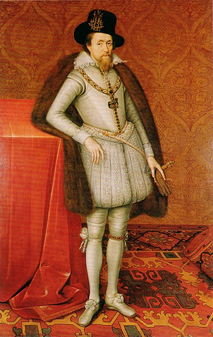
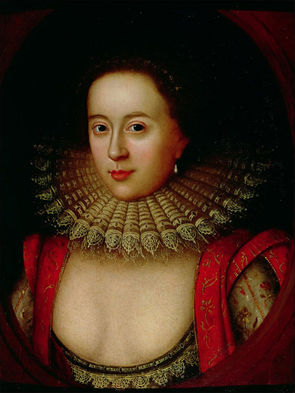
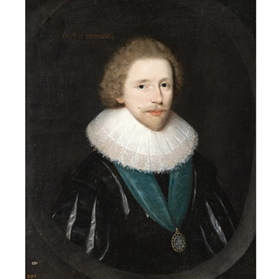
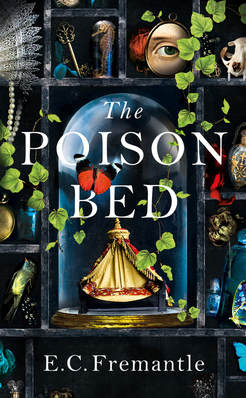

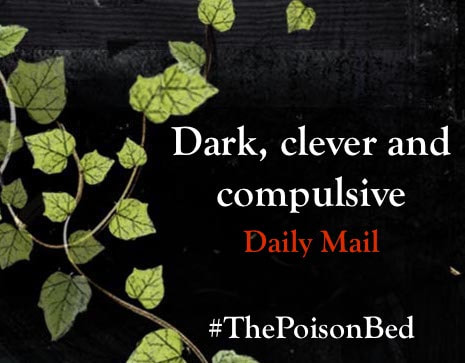
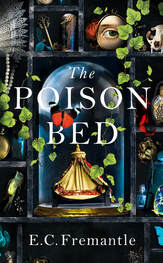
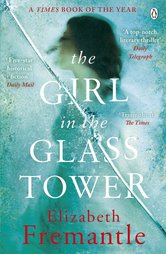
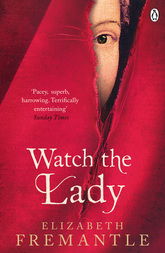
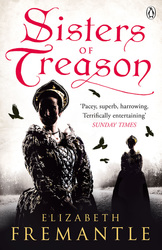
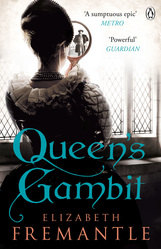
 RSS Feed
RSS Feed
